The Asian woodworm (Anoplophora chinensis malasiaca) is an insect belonging to the order Coleopterafamily Cerambycidaesubfamily Lamiinae. It is also known by the other vulgar name of cerambice with long antennae and is to be considered a alien insect to our ecosystem, since it is native to Japan and Korea and was accidentally introduced in Italy, precisely in Lombardy, in the early 2000s. Starting from this region, it is gradually extending its presence to other areas of the country. For this reason, being extremely destructive for tree crops, compulsory control is in force for this parasite.
So let’s see how to recognize its presence, the damage it causes and how to behave in case of sighting.
Description of the Asian woodworm
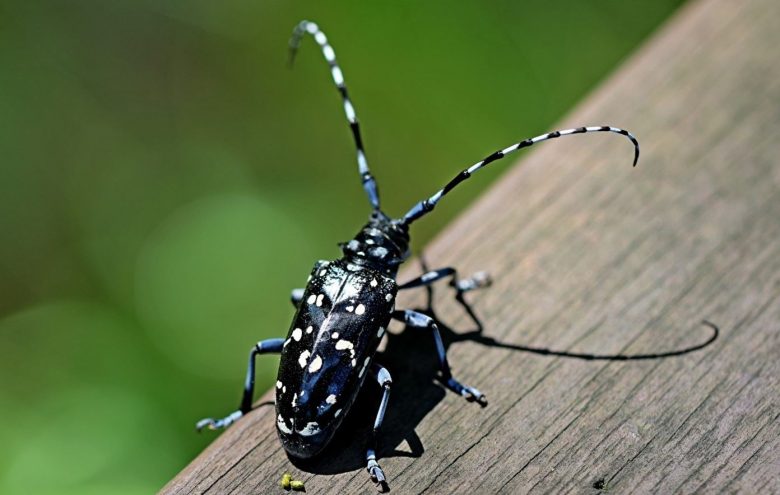
L’Anoplophora chinensis malasiaca when adult it has a bright black livery and numerous ashy and irregular spots on the elytra (about 20). When fully developed, the female specimens are larger than the male ones, 3.5 and 2.5 cm respectively. Very evident are the antennae, which in the male can measure up to 2 times the length of the body, are bluish and have shades of ash.
Egg
The eggs of the cerambice with long antennae are sub-cylindrical and elongated, slightly flattened at the poles, of a creamy-white color as soon as laid, yellow-brownish later on. They measure 5 x 2.5 mm.
Larvae
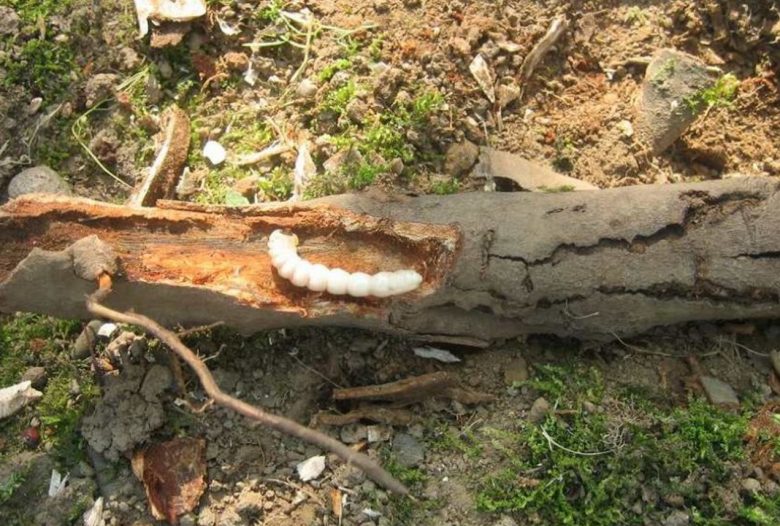
The larvae are apod, creamy-white, slightly flattened brownish head. At full maturity they even reach 6 cm in length and are therefore very large.
Plants attacked by the Asian woodworm
In the areas of origin, the Asian woodworm attacks above all plants of the genus Citrus, or citrus fruits. In our country, for now, there have been attacks on: Maple tree, alderhorse chestnut, Birchhornbeam, core, lagerstroemia indicaplane tree, cherry laurel, hawthorn, poplarOak tree, Elm tree, Beech tree, Willow, jujube, Apple tree, FIG, Howeverrose, rhododendron, plum.
Damage of the Asian woodworm to trees
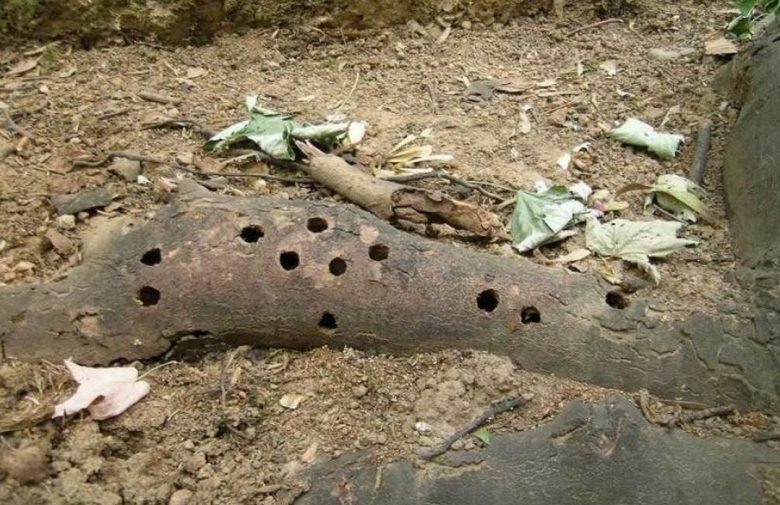
The damage of this parasite on plants is due to the trophic activity of adults and larvae, even if the latter act in a more relevant way. Adult Asian woodworms feed by making small decortications on the apical twigs, causing them to dry out. The larvae, on the other hand, dig deep tunnels in the wood, initially affecting the phloem tissues. Later, they deepen, damaging the wood of the base of the trunk and of the larger roots.
The affected trees have serious imbalances in the lymphatic flow, which is why they are subject to desiccation, first of the foliage, then of the whole plant. Furthermore, the activity of the woodworm makes the tree more susceptible to atmospheric agents. A diseased tree can easily fall or become nipped.
Finally, the excavated tunnels can become the entry route for fungal pathogens that cause wood diseases.
Biological cycle
In Northern Italy, where the Asian woodworm has been observed so far, adult beetles appear in summer, from June to August. The male dies a few days after mating, while the female lives longer to complete oviposition. Each female is able to lay up to 70 eggs, which are laid inside incisions made with the jaws near the collar or on the larger roots emerging from the ground. The larvae then develop by digging deeper and deeper tunnels.
In winter, the larvae stop their activity, and then resume it in early spring. At full maturity, therefore, they pupate in the scales of the bark. The new adult flickers after about 2 weeks and emerges from the tree making a hole with a diameter of 15-20 mm.
Therefore, in our latitudes, theAnoplophora chinensis malasiaca it completes its cycle in the span of two calendar years.
Monitor and prevent Asian woodworm attacks
As just explained, the Asian woodworm carries out its cycle either near the root system or inside the tree. This makes it difficult to notice its presence, and therefore to fight it in time. The susceptible trees should be carefully monitored, at least in the areas where the presence of the cerambice is already confirmed.
The attacked plants can be recognized by the adult flicker holes, the larval growths at the base of the trunk and the drying up of the twigs made by the adult Asian woodworms.
As a preventive measure, it is useful to place sticky band-traps around the trunk of the tree to capture the new adults.
Compulsory fight
Due to the fear of the Asian woodworm, the difficulty in biological control and the risk of colonizing new areas, a decree for the control and eradication of the insect was issued first by the Lombardy Region, followed by the Ministerial decree of compulsory struggle of 09/11/2007.
Citizens should report suspected cases to the provincial phytosanitary services. On heavily infested trees, in fact, the only solution at the moment is felling with eradication. The woody material must then be destroyed, in order to eliminate larvae and pupae present in the wood.

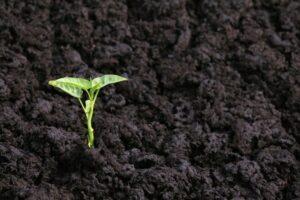
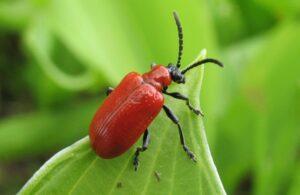
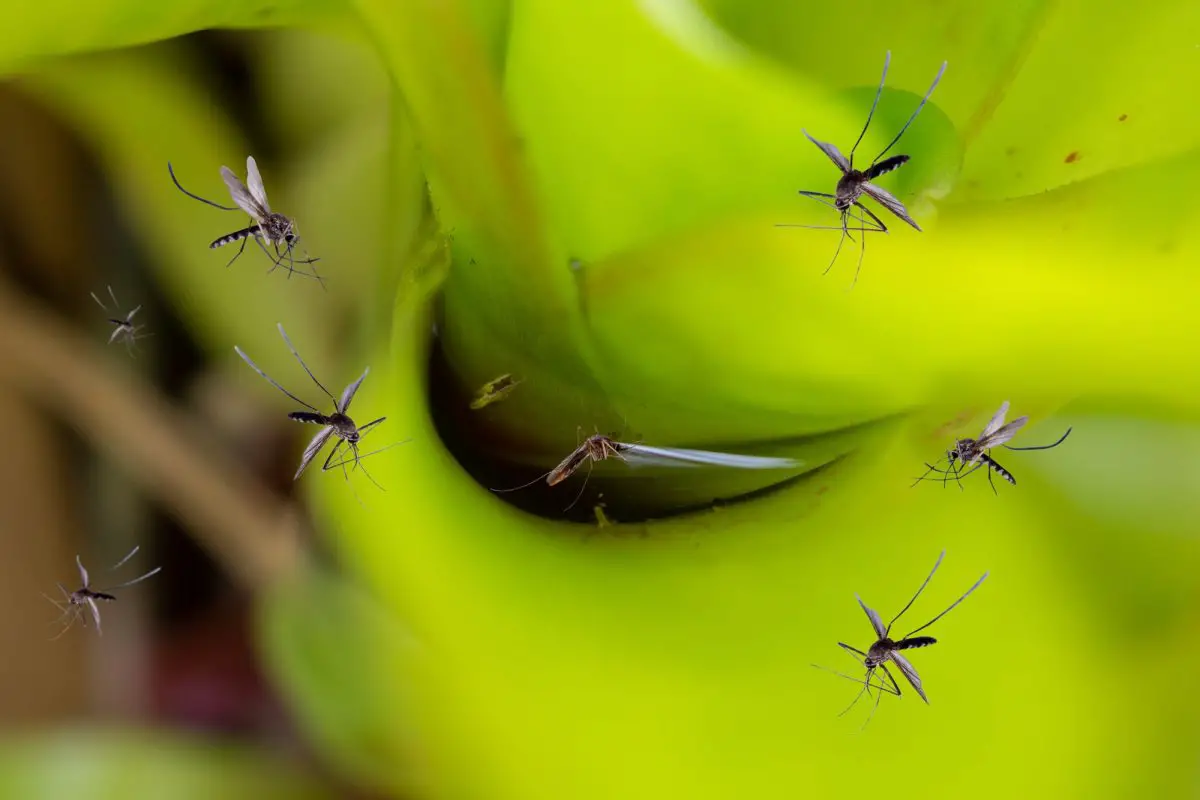
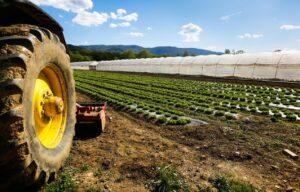
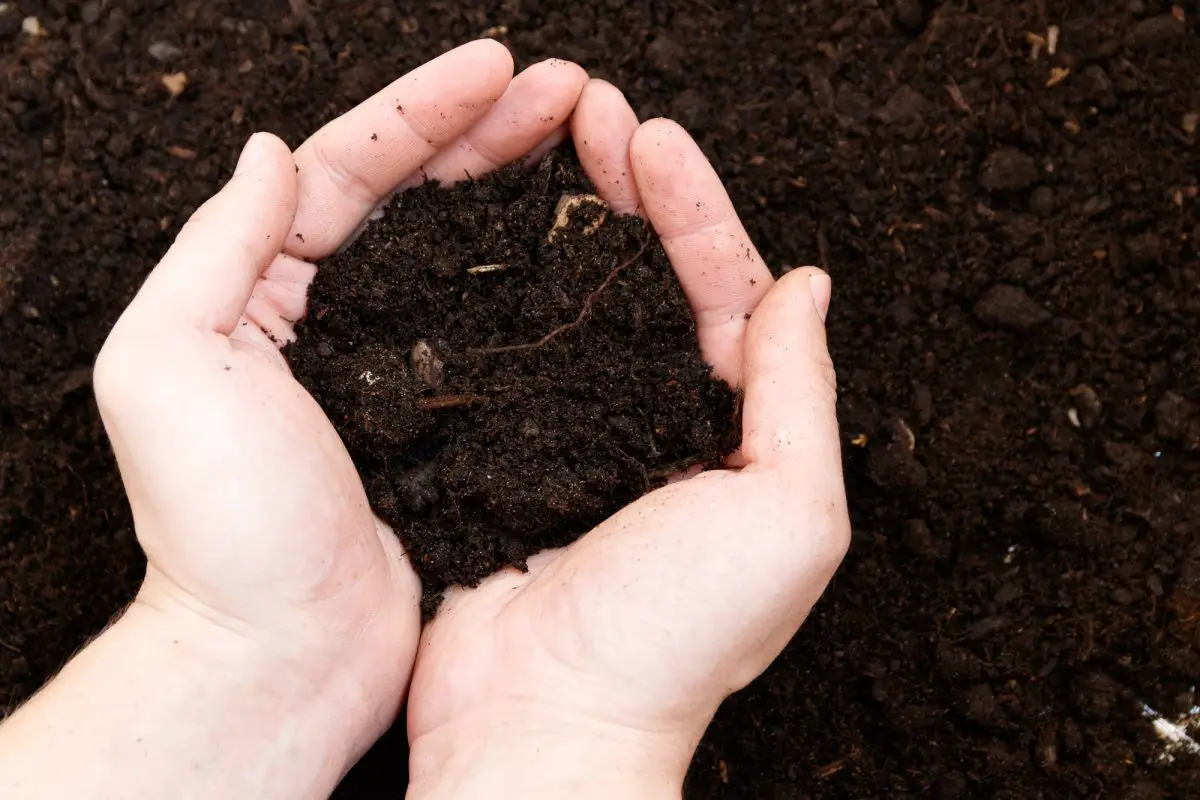
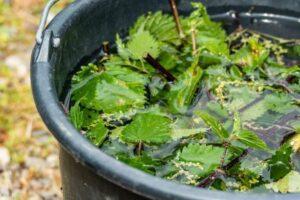
Start a new Thread